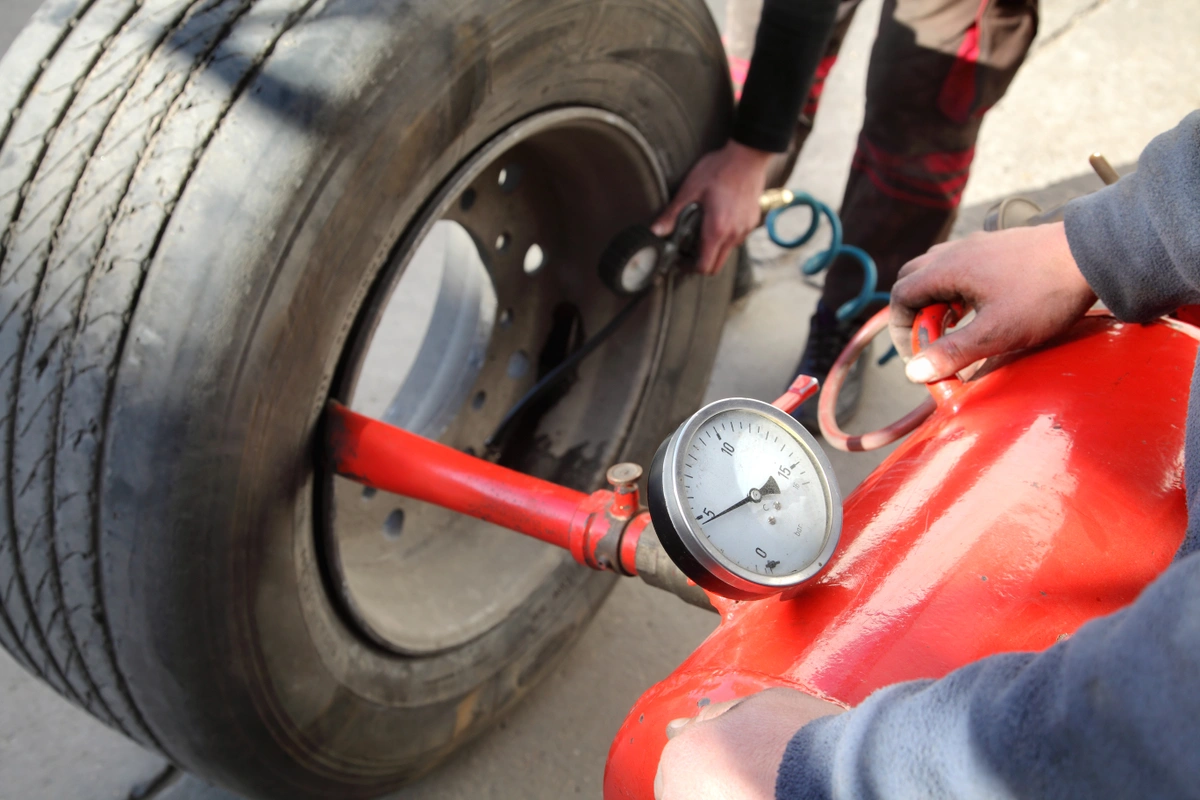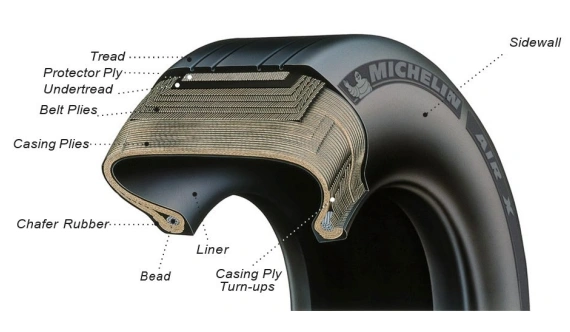Your Shopping Cart
Your cart is empty.
Subtotal ( items)
Instant Rebate Applied:
Promo Code Applied: ID.me Discount Applied:
Have a Promo Code?
Size:
Item
Item
Selected for:
/ each
Add-Ons
Wireless air pump capable of pumping up to 150 psi with 2000 MAH power bank.



Fully protect your clothes and vehicle interior during transportation of your tires. For Tires up to 31" tall and wheels up to 22".
Per sensor
Add TPMS Sensors
/per sensor
Please confirm the make, year, model and trim of the vehicle you want to purchase for:
How many sensors do you need?
The vehicle you have selected is not compatible with aftermarket TPMS Sensors.
Enter a different vehicle to add TPMS sensors

 Front Tire Size:
Front Tire Size:
 Rear Tire Size:
Rear Tire Size:
 Your Vehicle:
Your Vehicle:
Pros & Cons of Staggered Fitment

Attractive Design

Improved Handling

Improved Cornering
Bumpier Ride
Poor Traction in Snow
How do I find my tire size?



Need help?
 Your Vehicle:
Your Vehicle:
Pros & Cons of Staggered Fitment

Attractive Design

Improved Handling

Improved Cornering
Bumpier Ride
Poor Traction in Snow
How do I find my tire size?



Need help?
Pros & Cons of Staggered Fitment

Attractive Design

Improved Handling

Improved Cornering
Bumpier Ride
Poor Traction in Snow
Need help?
Need help?
How do I know if I have an LT tire?

 Your Vehicle:
Your Vehicle:
Sorry, we could not find any available
wheels for your sizing selections.
Need help?
What Is a Tire Bead? Understanding Tire Beading
By Tire Agent Staff
March 10, 2023
If you’ve shopped around for off-road wheels, you may have heard the term “beadlock” as an option. You may have even heard that beadlock wheels aren’t typically street-legal. We discuss beadlock tires at length in a separate article, but this probably got you thinking: What is a bead? What does a “tire bead” mean? How does it relate to a car's wheel?
A tire’s bead is the specific part of the tire that contacts the rim of the wheel. This thicker, reinforced part of the tire slots into a small groove in a wheel. Setting this bead in the groove of a wheel is sometimes referred to as “beading a tire.” When the tire is inflated, a seal is formed as the tire’s bead is forced against the sidewall of the wheel. The tension ensures that the tire can maintain proper air pressure.
The tire’s bead appears as a thick piece of rubber near the ends of a tire. If you sliced a tire and laid it end to end, the tire would be shaped like a long upside-down U. The tire beads would be the tips of the U. When a tire is properly mounted and inflated you can’t normally see its bead. In fact, if you can see your tire’s bead, that may be a sign that your tire is under or overinflated and the bead has slipped out of its housing. Alternatively, it could mean that there was some damage to your wheel or tire and you need to repair or replace it.
(Illustration of tire layers from FAASafety.gov)
Can You Fix a Bad Tire Bead?
If your wheel has recently come into contact with a curb or something else has collided with the side of your car, it’s possible for your tire bead to be damaged. Although it’s difficult to damage a tire’s bead, it’s not impossible for it to happen when your wheel is deformed or your tire is scratched. It’s also possible for your tire bead to be damaged during installation if your installer didn’t use the proper tools.
Whatever the reason, if the bead of a tire is torn, do not try to repair it or fix it on your own. It’s likely that you’ll have to replace the tire entirely. This is because the tire bead is directly tied to your tire maintaining proper air pressure. If there’s an issue with the tire bead, then your tire will leak air and you’ll lose air pressure over time.
If you’ve recently hit a curb hard or are concerned there’s an issue with your tire bead, have it inspected by a professional. They will be able to verify whether or not your bead was torn or just was knocked loose. It may be the case that your tire just needs to be put reseated back into its housing.
Doing this on your own is difficult and even dangerous without the proper tools. Professionals also use a lubricant to ensure that there isn’t too much stress on the tire during mounting. Remember that proper tire maintenance can also minimize any risk of your tire bead being damaged.
Photo 24099510 / Car | Zoransimin | Dreamstime.com
Next Post:
How to Let Air Out of A TireHow to Qualify for the $50 Offer
- Add items to your cart and begin checkout.
- Select PayPair and apply for financing.
- If you’re approved by a participating lender, you’ll see a $50 promotional rebate applied to your order total.
-
To receive the $50, you must:
- Complete your purchase with a qualifying lender,
- Agree to the payment terms,
- And make the required number of consecutive on-time payments, as specified by the lender.
Note: Offer available only through select lenders. Additional eligibility requirements and conditions apply. Rebate may be issued after verification of qualifying payment activity. Terms subject to change.
How to Purchase Tires and Wheels
With a Payment Plan
Tire Agent's payment plans make it easy to get the best partial or full set of tires and wheels for your vehicle.
It's fast, secure and won't affect your credit score
Match with multiple lenders
Why Choose PayPair?
PayPair’s Partners and Plans

No Money Down

No Money Down

No Credit Needed*

No Money Down

$1 to Start!*

No Money Down

No Credit Needed*

$1 to Start!*

No Money Down
Other Payment Plans

$0 to Little Down

Pay with your bank account

Simplified checkout experience

Faster and easier than using cards or cash

Simplified checkout experience

Faster and easier than using cards or cash
*SNAP: The advertised service is a lease-to-own agreement provided by Snap RTO LLC. Lease-to-own financing is not available to residents of Minnesota, New Jersey and Wisconsin. NO CREDIT NEEDED: Not all applicants are approved. While no credit history is required, Snap obtains information from consumer reporting agencies in connection with applications, and your score with those agencies may be affected. PAYMENT PLAN: The standard plan consists of renewable lease terms. To exercise an early ownership, consumers must make regular payments on time and schedule additional payments via the customer portal or by contacting Customer Care at 1-877-557-3769. KATAPULT: The Promotional Initial Payment (plus any applicable taxes and fees) is due at lease signing. Your lease-purchase payment amount will be determined after you select your product(s). You will not acquire ownership of the product(s) if the total amount necessary to acquire ownership is not paid. The Promotional Initial Payment does not reduce the cost of the lease-purchase agreement. The Promotional Initial Payment is only available when shopping at Tire Agent through the Katapult mobile app and at Tire Agent’s website. Product pricing subject to change and availability. Disclosure: 90-day early purchase option (EPO) terms and conditions apply: 90-Day (3 months in CA) You can buy out your lease-to-own agreement within the first 90-days. This amount includes the cash price, plus the lease-to-own cost for the first 90-days. Taking advantage of the 90-day purchase option will save you the most money! PROGRESSIVE: Ownership by rental/lease agreement with Progressive Leasing costs more than the retailer’s cash price. Select items only. Cancel or purchase early at any time. Not available in MN, NJ, VT, WI, WY. Progressive Leasing obtains information from credit bureaus. Not all applicants are approved. Standard agreement offers 12 months to ownership. 90-day purchase options cost more than the retailer’s cash price (except 3-month option in CA). To purchase early or to cancel lease, you must call 877-898-1970. Retailer cannot activate early purchase options.


